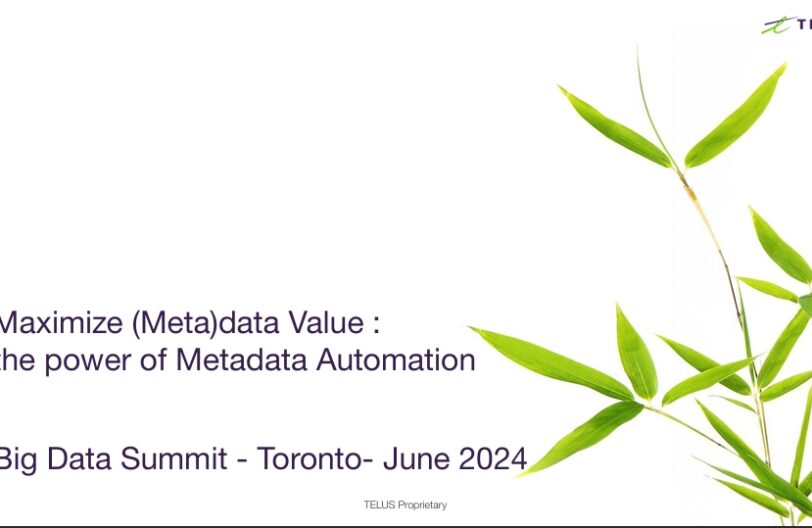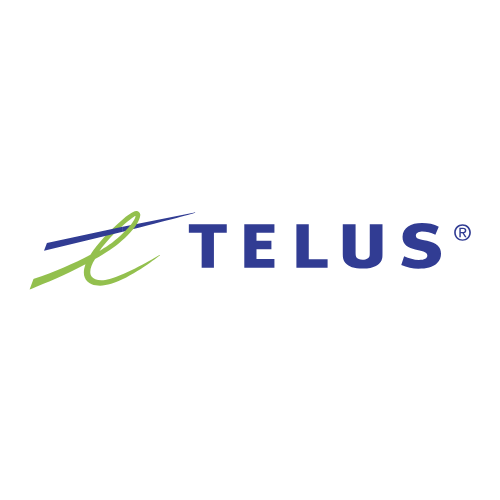In the high-stakes world of healthcare, data is more than just numbers—it’s a vital lifeline. As healthcare systems face unprecedented pressures, one provincial health authority is demonstrating how effective data strategies can turn a crisis into an opportunity. Alexandra Flat from the Provincial Health Services Authority (PHSA) shared inspiring insights at last year’s Big Data & Analytics Summit, which inspired this blog.
1. Unmasking Hidden Patterns
The traditional healthcare approach is reactive. But what if we could predict health challenges before they escalate? By leveraging advanced analytics, healthcare providers can now identify at-risk populations, like tracking the alarming rise of syphilis cases among women of childbearing age. Machine learning and natural language processing dig through mountains of unstructured data, revealing insights that were previously invisible.
2. Breaking Down Data Silos
Imagine a patient’s entire health journey captured in one comprehensive view. The Provincial Health Services Authority (PHSA) is doing exactly that by creating a longitudinal patient record from “cradle to grave.” By integrating data from surveys, clinical records, public health databases, and more, healthcare professionals can understand patient histories holistically, enabling more personalized and proactive care.
3. Synthetic Data: The Privacy-Preserving Innovation
Patient privacy meets cutting-edge research through synthetic data generation. By creating artificial datasets that mirror real patient information, researchers can develop groundbreaking AI models without compromising individual identities. In one remarkable example, radiologists couldn’t distinguish between real and synthetic medical images—opening new frontiers for disease diagnosis and treatment.
4. Cloud-Powered Agility
Moving from on-premise systems to cloud infrastructure isn’t just a technical upgrade—it’s a strategic revolution. PHSA’s transition to Azure enabled unprecedented data processing capabilities, machine learning integration, and rapid scaling. This means faster insights, more efficient resource allocation, and ultimately, better patient care.
5. Predictive Resource Management
Data isn’t just about understanding patients—it’s about optimizing entire healthcare systems. By using predictive analytics, PHSA transformed emergency service resource allocation. Their approach to rotary wing medical services demonstrates how data can help strategically position critical resources, potentially saving lives in remote and hard-to-reach areas.
The Bigger Picture
These strategies aren’t just technical solutions—they’re a reimagining of healthcare delivery. As life expectancy drops, mental health declines, and healthcare systems strain under increasing pressures, data becomes our most powerful tool for resilience and innovation. The message is clear: In modern healthcare, data isn’t just information—it’s hope.
This blog is based on the Big Data & Analytics Summit 2024 presentation by Alexandra Flat of Provincial Health Services Authority.






